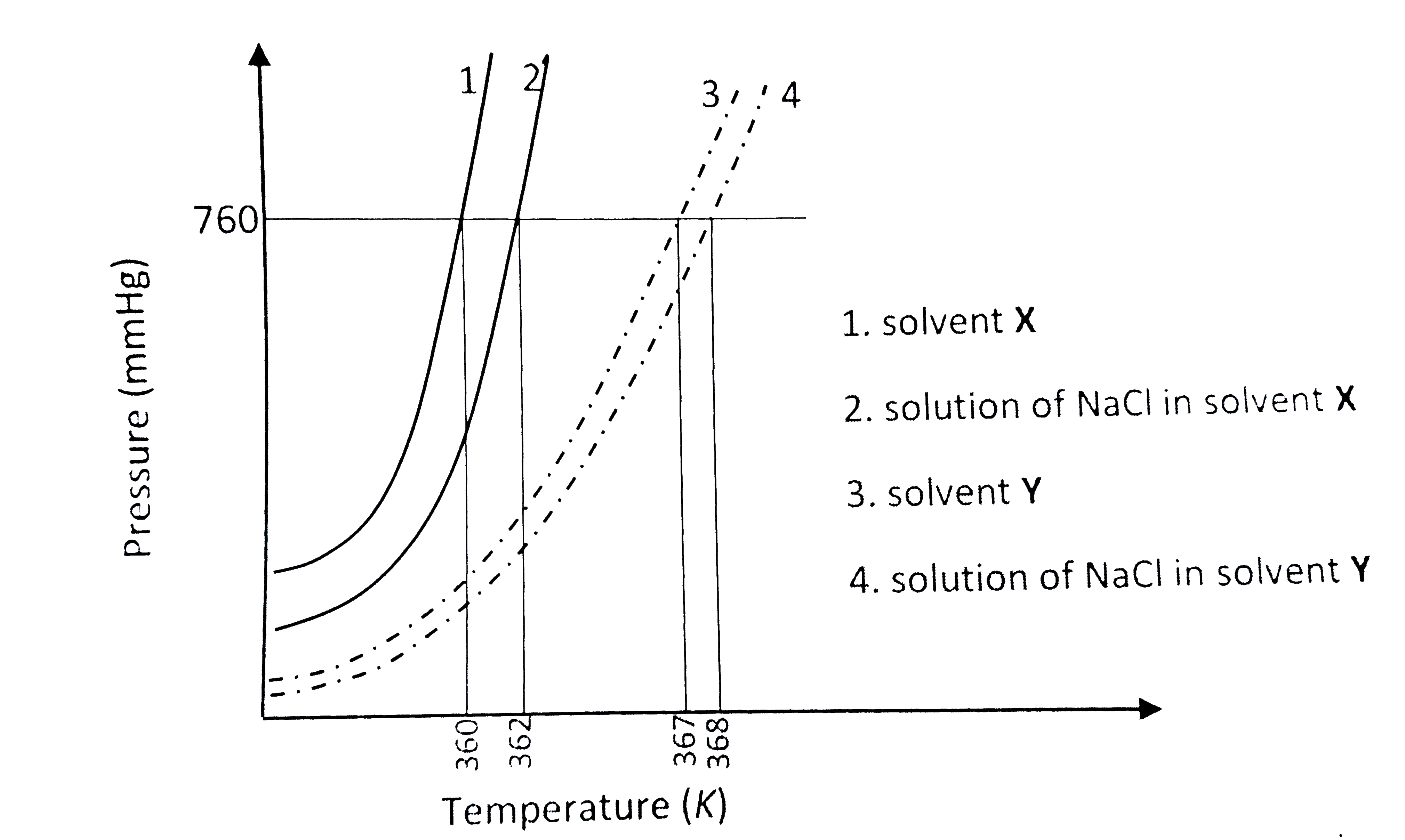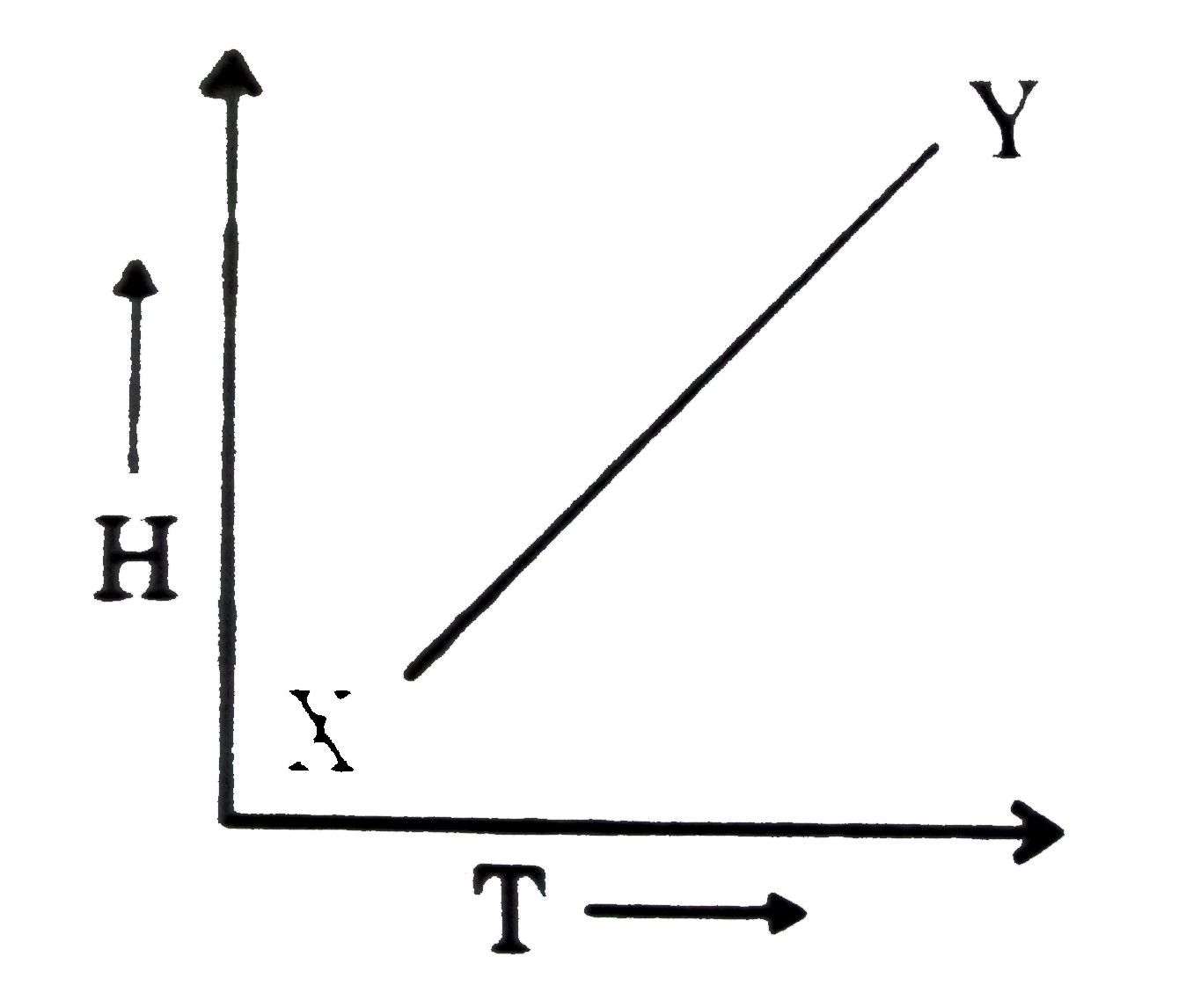Given below is a diagram, where hy* potonic solution is separated. by a : semipermeable membrane from a hypertonic solution and kept for' a few hours. FIGURE a. $\mathrm{In}$ which direction will the solvent move? From $\mathbf{X}$ to $\mathbf{Y}$ or $\mathbf{Y}$ to $\mathbf{X}$ b. Name the process of movement at the solvent.
a. $X$ to $Y$ b. Osmosis
Similar Questions
What will happen if pressure greater than the osmotic pressure is applied on the solution separated by a semi-permeable membrane from the solvent?
View SolutionColligative properties are the physical changes that result from adding solute to a solvent. These depend on how many solute particles are present as well as the solvent amount, but they do not depend on the type of solute particles, although do depend on the type of solvent.Osmotic pressure is a colligative property of solutions that is observed using a semipermeable membrane, a barrier with pores small enough to allow solvent molecules to pass through but not solute molecules or ions Transport in lants,survival of cells, killing of snails and slugs swelling of resin are some examples where osmotic pressure seems applicable in real life situations.
Isotonic solutions are solutions which have:
View Solution
Knowledge Check
X3Y2(i=5) when reacted with A2B3(i=5 in aqueous solution gives brown colour. These are separated by a semipermeable membrane AB as shown. Due to oxmosis there is :
 Abrown colour formation in side XBbrown colour formation in side YCformation in both the sides X and YDno brown colour formation
Abrown colour formation in side XBbrown colour formation in side YCformation in both the sides X and YDno brown colour formationA solution is separated from pure solvent by a semipermeable membrane at 298 K. The difference in the height of the solution and the solvent is 0.9 m. If Kf and freezing point of the solvent are 30Kkgmol−1 and 250.3 K, respectively, the temperature which the solution freezes is :
(Assume density of solution be 1 g/cc)A250.10 KB250.25 KC250.20 KD250.05 KAssertion : In osmosis solvent moves through a semipermeable membrane from a place of lower diffusion pressure to a place of higher diffusion pressure.
Reason : It is due to migration of solvent from hypertonic solution to hypotonic solution through a semipermeable membrane.AIf both Assertion and Reason are true and Reason is correct explanation of Assertions.BIf both Assertion and Reason are true but Reason is not correct explanation of Assertion.CIf Assertion is true but Reason is false.DIf both Assertion and Reason are false.
X3Y2(i=5) when reacted with A2B3(i=5 in aqueous solution gives brown colour. These are separated by a semipermeable membrane AB as shown. Due to oxmosis there is :

a.brown colour formation in side X
b.brown colour formation in side Y
c.formation in both of the sides X and Y
d.no brown colour formation
View SolutionThe plot given below shows P−T curves (where P is the pressure and T is the temperature) for two solvents X and Y and isomolal solutions of NaCl in these solvents. NaCl completely dissociates in both the solvents.

On addition of equal number of moles of a non-volatile solute S in equal amount (in kg) of these solvents, the elevation of boiling point of solvent X is three times that of solvent Y. Solute S is known to undergo dimerization in these solvents. If the degree of dimerization is 0.7 in solvent Y, the degree of dimerization in solvent X is ____.
View SolutionWhich of the following statements is correct about diffusion and osmosis ?
(i)In Osomosis, a semipermeable membrane is used while diffusion is without membrane .
(ii) In osmosis, movement of molecules occurs in one direction while in diffusion, movement occurs in all directions
(iii)In osmosis only the solvent moves while in diffusion both solute and solvent move
View SolutionWhich of the following statements is correct about diffusion and osmosis ?
(i)In Osomosis, a semipermeable membrane is used while diffusion is without membrane .
(ii) In osmosis, movement of molecules occurs in one direction while in diffusion, movement occurs in all directions
(iii)In osmosis only the solvent moves while in diffusion both solute and solvent move
View SolutionThe process in which an ideal gas undergoes change from X to Y as shown in the figure diagram is :

View Solution
